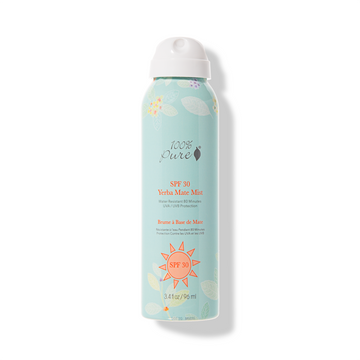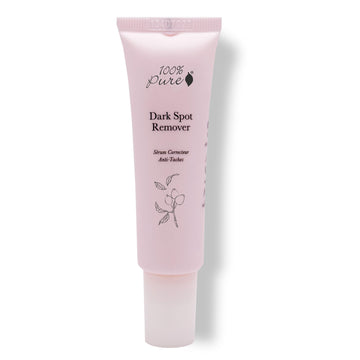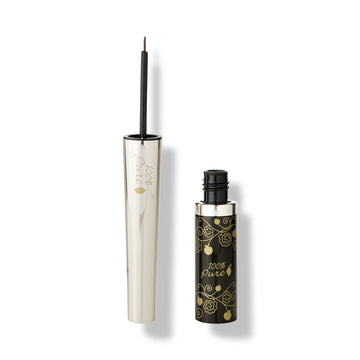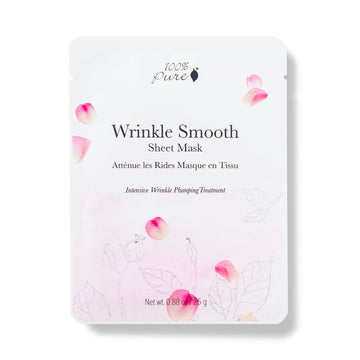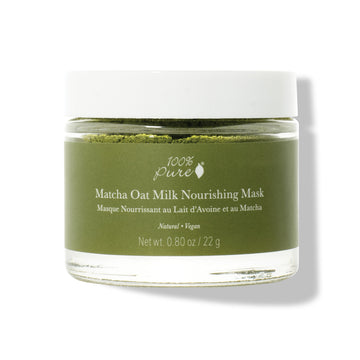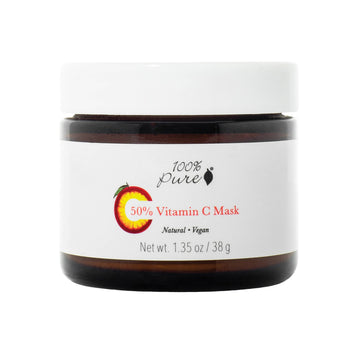How to recognize sun damage while keeping skin protected from the ravages of UV exposure
Written by: 100% PURE®
With summer drawing to a close, it’s time to reflect on the various tanning and beaching we’ve done the past few months. We’ve got our snapshots, trinkets, and tan lines – but unfortunately, many of us are also leaving summer with an uninvited kind of souvenir. Yes skin care junkies, we’re talking about sun-damage – and we’ll tell you how to target and repair it the best you can.
Often, sun damage is a cumulative, slow-burning (literally) set of skin issues that really only become apparent towards the beginning of fall. OK, so you’ve been applying sunblock and wearing protection all summer. But if you haven’t been zealous enough, chances are you’re experiencing some post-summer skin crankiness right now. Not just burns and tan lines, but a whole variety of symptoms that point to your skin having suffered from UV damage and its associated issues.
Put most simply, sun-damaged skin is a dermis with damaged DNA as a result of exposure to UV radiation from the sun. This DNA damage can cause skin cells to have trouble renewing themselves, leading to reduced density and increased skin aging. Or, in some cases, to renew too quickly (which can lead to skin cancer). There are a ton of secondary symptoms associated with sun-damaged skin, which we’ll get to below.

There are a number of telltale signs that will alert you to the fact that your skin has suffered sun damage. All will happen in the immediate aftermath of sun exposure, and can also continue in the long run.
Short term signs of sun damage
The most obvious immediate signs of sun damaged skin, of course, are burns and tans. When your skin is exposed to UV radiation from the sun, skin cells become damaged at the cellular level and DNA begins to mutate. The body’s natural response is to dilate blood vessels and increase blood flow to the affected area – which in turn leads to irritation, redness, and sensitivity.
In the case of a tan, when cells begin to experience damage due to UV exposure, one of their protective mechanisms is to produce more melanin (responsible for the darkening of your skin tone) in order to attempt to protect your skin from further damage. If you’re starting to tan, it means that sun-damaged skin is already an issue you’re dealing with.
Another immediate sign of sun damage in the skin can be seen as soon as you step out of the sun. Inspect skin in a well-lit mirror directly after sun exposure, focusing on the forehead, nose, and cheeks. If you can see an increased amount of freckling, that means you’ve got sun damaged skin. The appearance of freckles is your skin’s defensive response to ultraviolet rays, where it pushes melanin to the surface to protect itself.
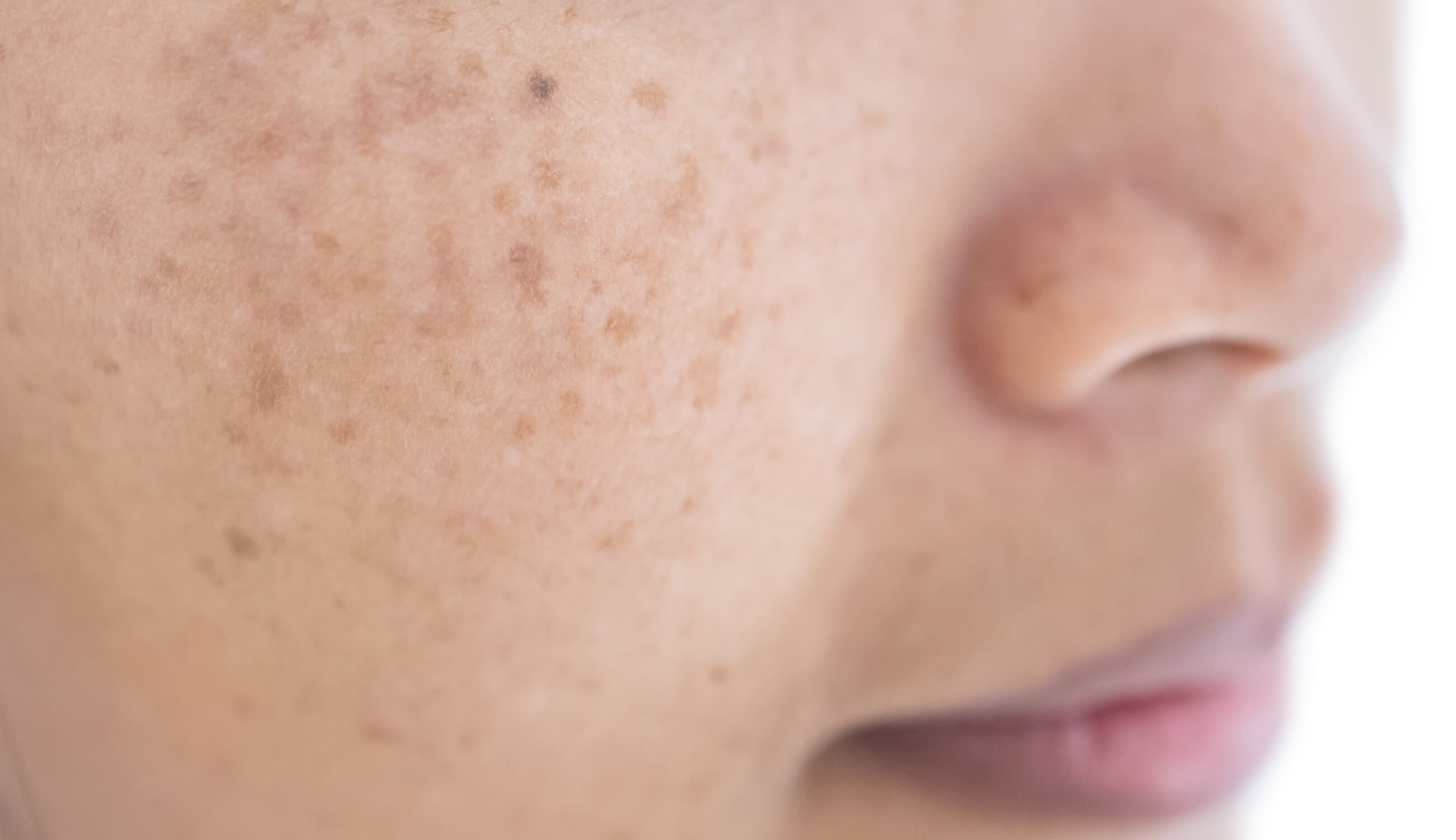
Long term signs of sun damage
Often, sun damage will appear as melasma: a skin condition that causes discolored patches on the cheeks and chin. It usually indicates that an area has been exposed to sun consistently for a long period of time. Melasma is caused when skin cells overproduce melanin, and is a response to consistent UV exposure. Think of it like self-tanner gone wrong – blotchy, discolored, and uneven.
Next are dark spots and sun freckles, which generally can be slid under the umbrella term hyperpigmentation. Like melasma, hyperpigmentation is caused by uneven and inconsistent increases in melanin in various parts of skin that receive a great deal of sun exposure. Think the bridge of your nose, your chest, and the backs of your hands.
While freckling can be cute (and is certainly trending right now), it can be a really dangerous sign for skin types that aren’t naturally super prone to freckling. Peep our breakdown of dark spots if you’re not sure about what kind of hyperpigmentation you’re looking at.
PRO TIP: If you love the look of freckles, better to fake it with makeup then to try to get it through soaking up real rays! Use the fine tip of a brown liquid liner to tap ‘freckles’ onto your nose and cheeks, then tap with a dry finger for a more natural finish.
The final sign of sun damaged skin is excessive dryness, and related signs and symptoms. Generally, sun-damaged skin will have trouble holding onto healthy amounts of H2O, as skin cells are damaged and unable to retain water in the way they would normally. This leads to an uneven skin tone, flaking, and a rough, thick skin texture with more obvious pores and fine lines.
Dehydrated skin is a pretty big bummer that can cause all kinds of issues, from acne to premature aging. This is why it’s important to deal with sun-induced dehydration as soon as it starts cropping up. The best way forward is to begin incorporating hydrating masks into your post-sun routine.
Think humectant based formulas with aloe water, hydrosols, coconut water, cucumber water, chia seeds, and algae. These are all good plant-based stuff that will help your skin cells drink up H20 again.
A variety of less humectant ingredients can also be helpful when it comes to strengthening skin cells, while helping your dermis turn over old skin cells. Vitamin C is particularly key here – it works to promote collagen synthesis, and helps your body process skin cells that might have been damaged by UV rays.
This potent antioxidant features in our new Vitamin C Mask, which is designed to help improve skin cells that have been damaged by the sun. Our new Matcha Oat Milk mask has a similar set of antioxidant properties, working with matcha to support skin density and bring in fresh new cells.
For fading and dealing with post-sun skin trauma, we’re all about plant-based retinols, more vitamin C, and super ingredients like sake. Sake contains kojic acid as a byproduct of the fermentation process, which is known for its ability to naturally fade pigmentation and prevent it from deepening. Our Dark Spot Remover incorporated sake alongside matsutake mushroom extract, another plant-based allstar that works to fade scars and dark spots.
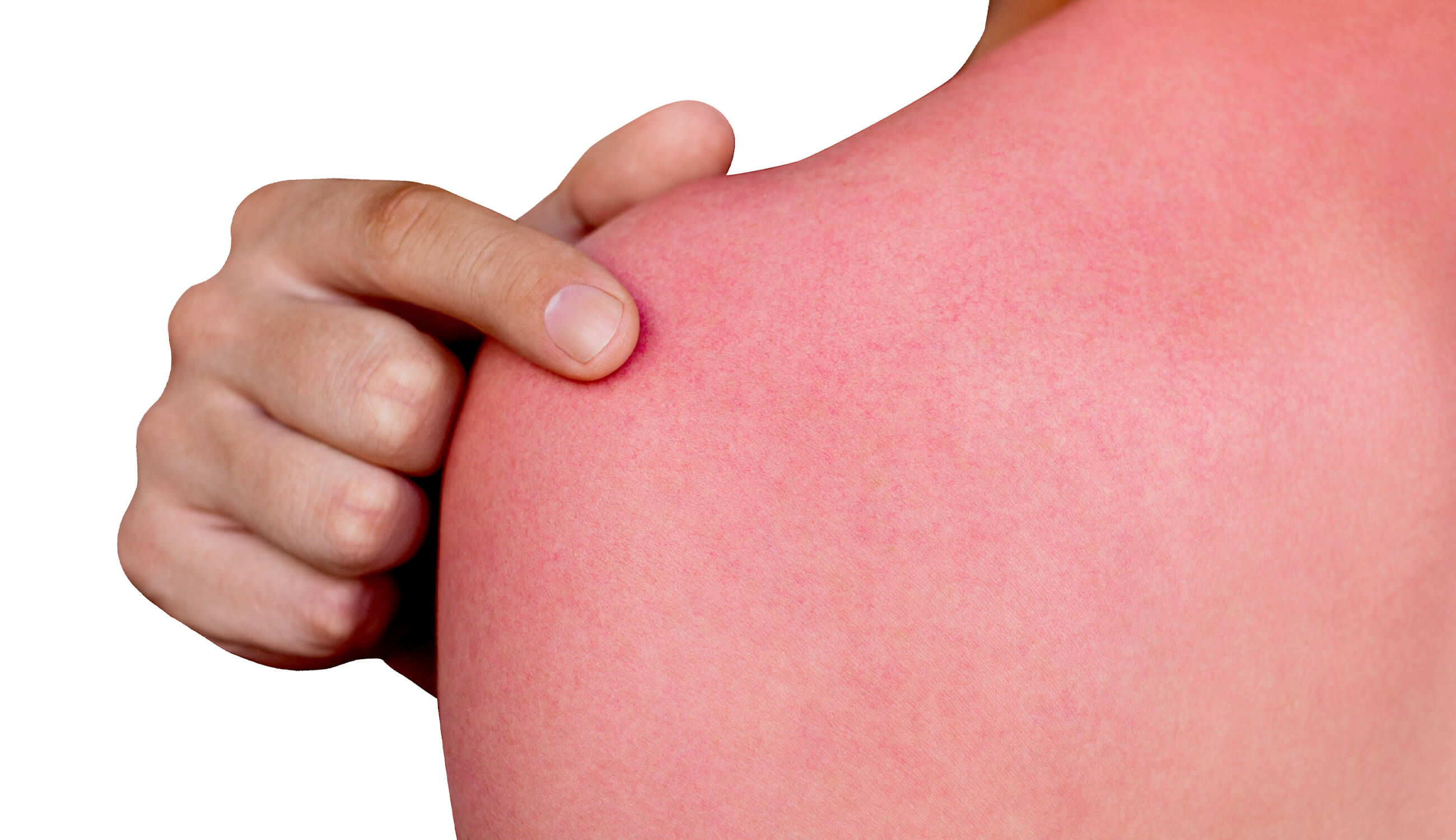
There are certain areas of your skin that your sun-protection routine is likely falling short on addressing. These include backs of the hands, the back of your neck, chest, ears, forehead, and the tops of your feet. These areas receive a ton of sun exposure over the course of a summer, and require a little extra special care to avoid premature aging and sun-damaged skin.
Double down on protecting these areas, and make sure you’re re-applying sunblock throughout the day. Since application and reapplication is so important, keep an easy-on SPF with you at all times. Sunblock is certainly not a product where you want to skimp on ingredient quality or use potentially harmful drugstore formulas. There are a ton of natural sunblock options, which we dive into in our Natural Sunscreen Guide.
Remember: just because summer is ending, that doesn’t mean the sun is disappearing from the sky! Winter sunburns are totally a thing, and it’s important to keep your sun care routine going strong to prevent more sun-damaged skin from developing in the winter. Hop over to our After Summer Sunscreen Guide to get the scoop!
- Tags: September-2019, Skin Care, skincare
We carefully hand-select products based on strict purity standards, and only recommend products we feel meet this criteria. 100% PURE™ may earn a small commission for products purchased through affiliate links.
The information in this article is for educational use, and not intended to substitute professional medical advice, diagnosis, or treatment and should not be used as such.


